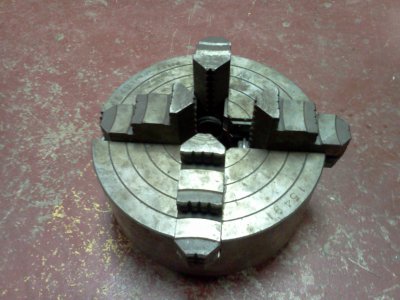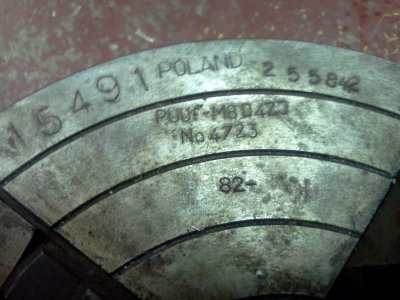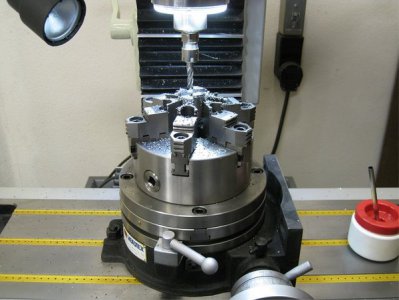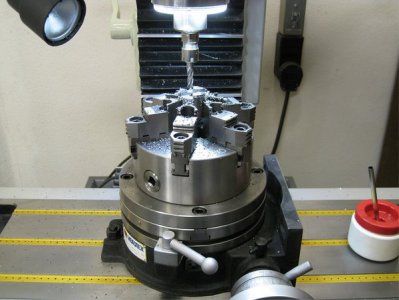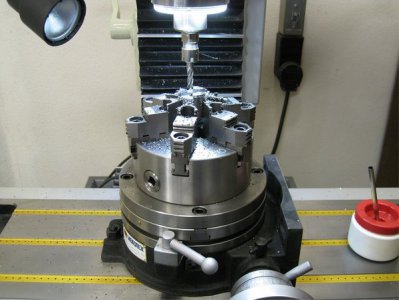- Joined
- Jun 14, 2014
- Messages
- 410
Hi friends,
First the background. I have a 1938 Cincinnati MH2 milling machine that can perform both horizontal & vertical milling operations. It features a 12" x 54" table with a 8" Palmgren tilting/indexing vise and a 14" Kamakura horizontal rotary table. 2 things that I would like to get to make it a complete machine for my needs are a DRO and a lathe chuck to be mounted to the rotary table.
Concerning the lathe chuck:
1. Should I get a 3 jaw, 4 jaw, or 6 jaw? What advantages would one be over the other?
I'm considering a 3 jaw. They are easier for clamping the part. Tramming can be done by positioning on the rotary table. What do you guys think?
2. What type of chuck can be clamped onto the rotary table?
3. I'm going to shop at a used equipment dealer. Can I get some advise on buying a chuck, outside of how smooth the jaws move?
Thanks in advance.
First the background. I have a 1938 Cincinnati MH2 milling machine that can perform both horizontal & vertical milling operations. It features a 12" x 54" table with a 8" Palmgren tilting/indexing vise and a 14" Kamakura horizontal rotary table. 2 things that I would like to get to make it a complete machine for my needs are a DRO and a lathe chuck to be mounted to the rotary table.
Concerning the lathe chuck:
1. Should I get a 3 jaw, 4 jaw, or 6 jaw? What advantages would one be over the other?
I'm considering a 3 jaw. They are easier for clamping the part. Tramming can be done by positioning on the rotary table. What do you guys think?
2. What type of chuck can be clamped onto the rotary table?
3. I'm going to shop at a used equipment dealer. Can I get some advise on buying a chuck, outside of how smooth the jaws move?
Thanks in advance.


